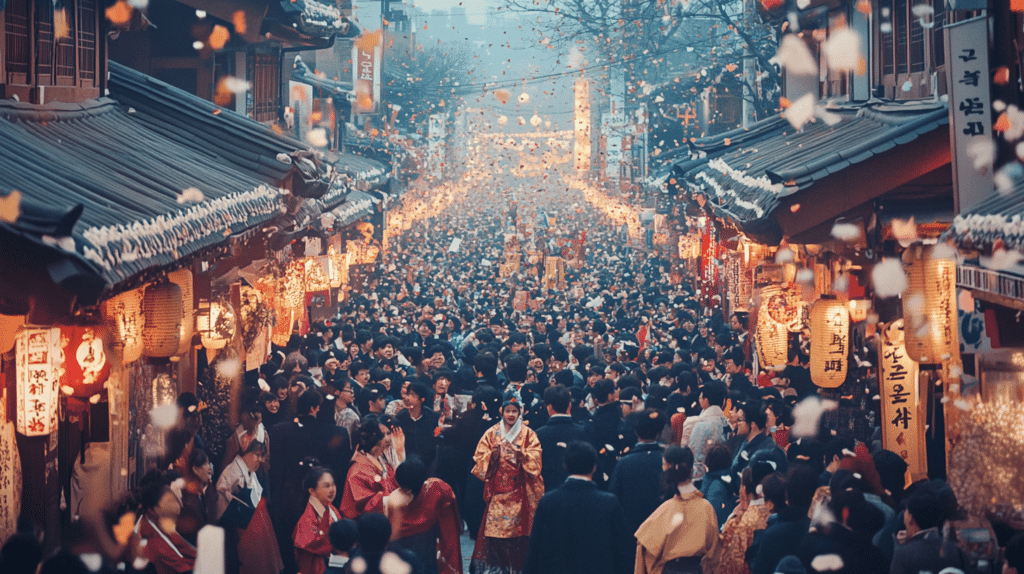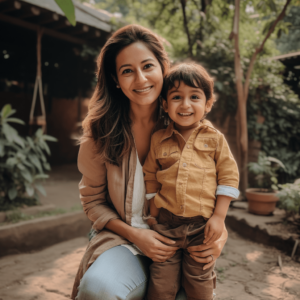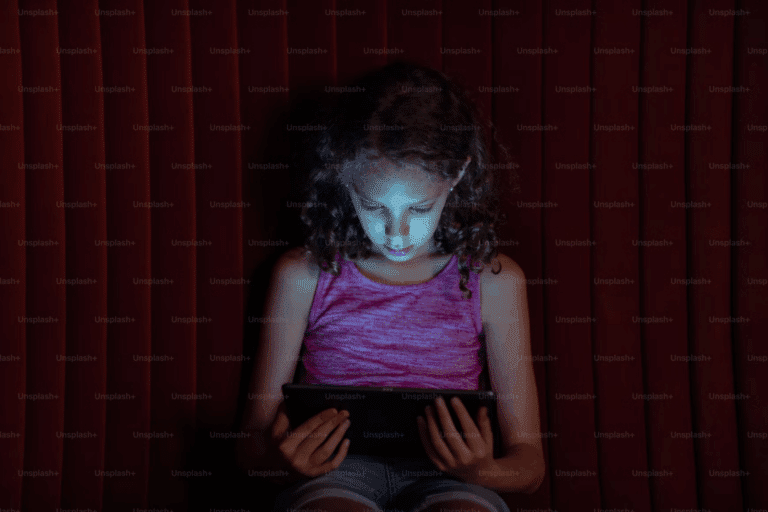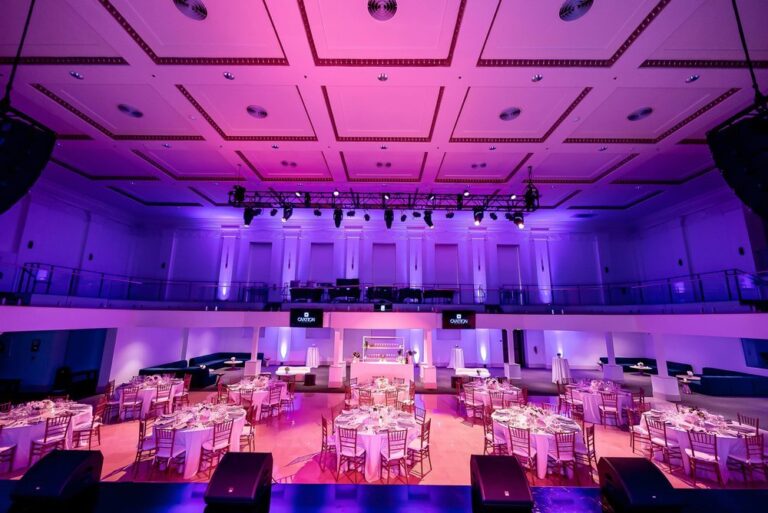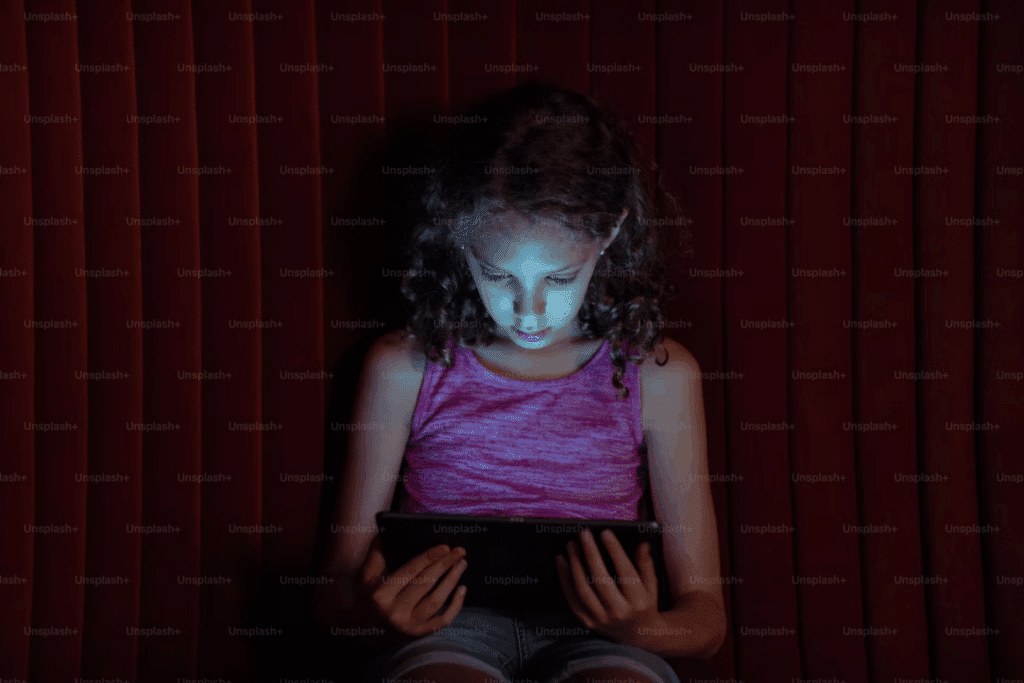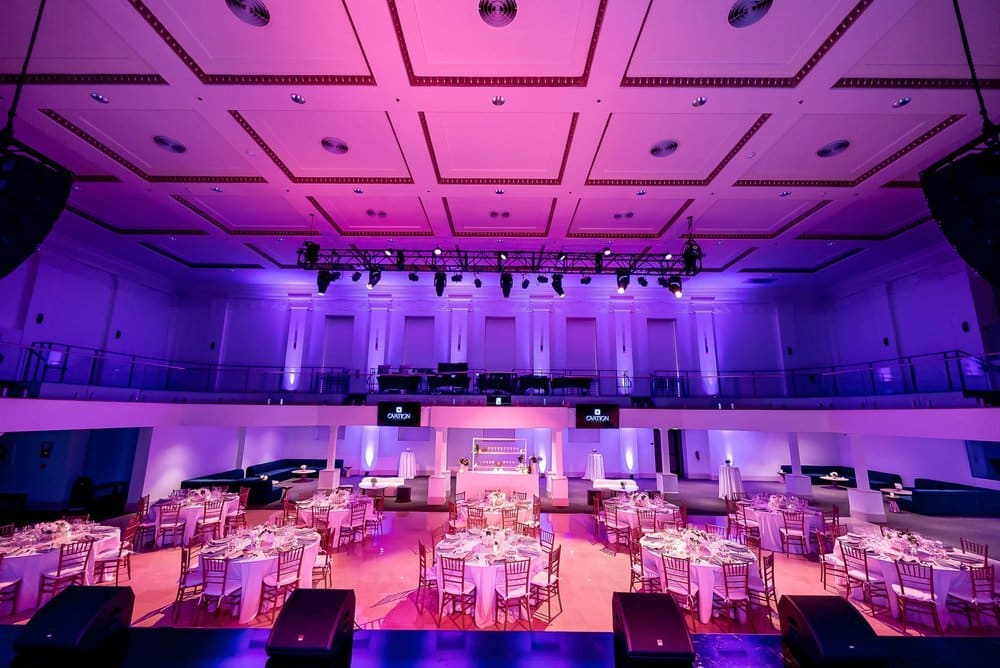South Korea boasts a vibrant tapestry of culture celebrated through its numerous festivals held throughout the year. Each festival showcases unique customs, historical significance, and colorful celebrations that reflect the heart of its community.
This guide highlights key festivals in South Korea, encompassing various aspects of cultural significance and providing insights into the festivities. For travelers looking to stay connected during South Korea’s vibrant festivals, a Korea eSIM is a convenient and hassle-free option to access reliable internet and stay updated on event schedules.
The Lunar New Year Celebration
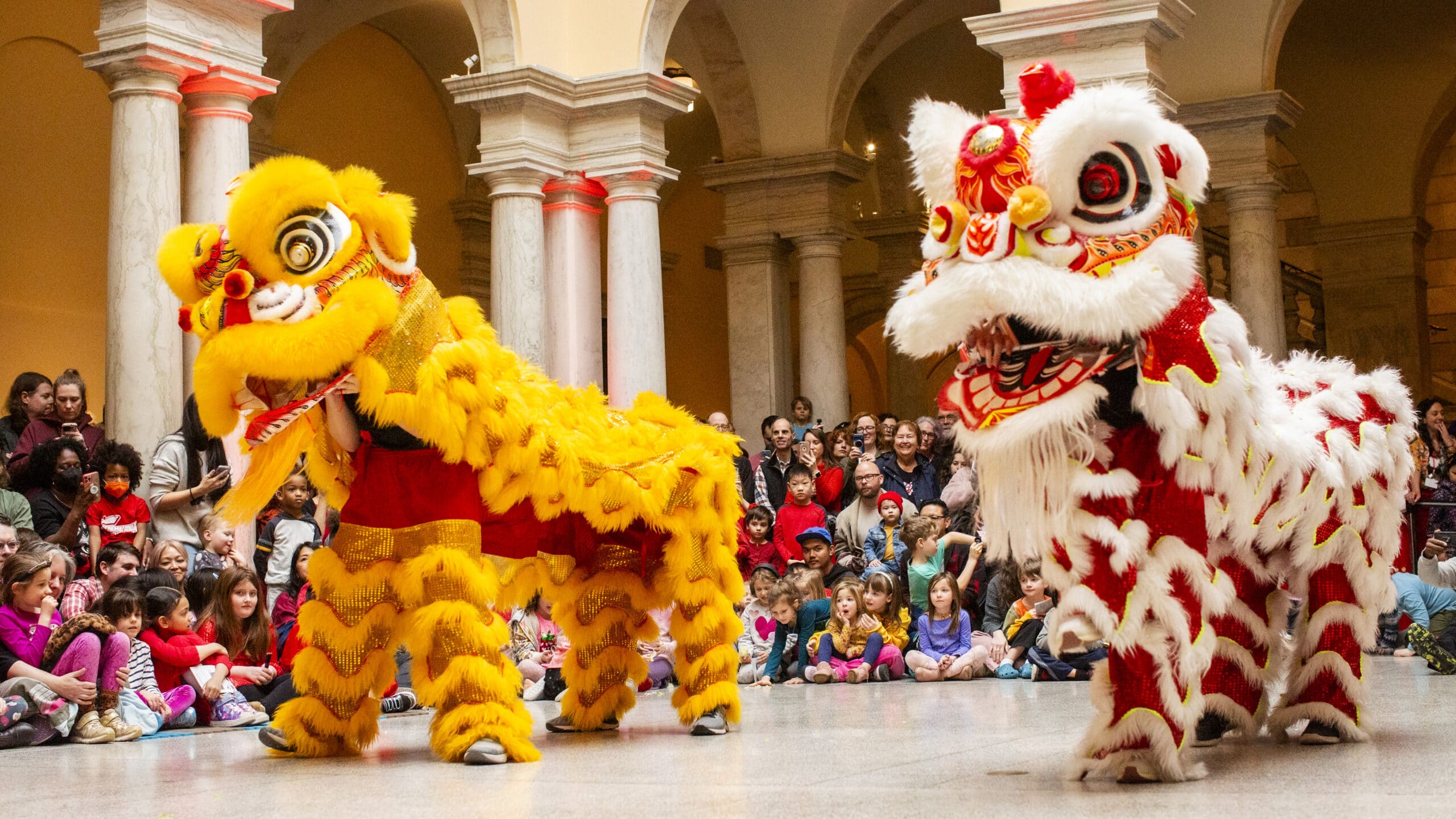
The Lunar New Year, known as Seollal, marks one of the most important holidays in South Korea. It typically falls in late January or early February, depending on the lunar calendar. Families gather to honor their ancestors, perform traditional rituals, and share meals that symbolize prosperity and good fortune.
During Seollal, locals often wear hanbok, a traditional dress, and partake in various games and cultural activities. These activities include playing Yutnori, a traditional board game, and making Tteokguk, a rice cake soup that signifies the start of a new year. This celebration offers a deep insight into familial bonds and cultural heritage, making it a must-experience festival.
Cherry Blossom Festivals
As spring unfolds, South Korea becomes adorned with stunning cherry blossom trees, drawing locals and tourists to its many cherry blossom festivals. These festivals occur in March and April, with Seoul’s Yeouido Cherry Blossom Festival being among the most popular.
Visitors can enjoy various events such as street performances, music, and art displays celebrating the beauty of nature. Strolling under the pink and white petals offers a picturesque experience, creating unforgettable memories. These festivals signify the arrival of spring and symbolize renewal and hope.
Boryeong Mud Festival
The Boryeong Mud Festival occurs every summer in July and has gained international recognition. This unique festival occurs at Daecheon Beach, where visitors can engage in various mud-related activities. Activities include mud wrestling, mudslides, and even mud painting, highlighting the therapeutic qualities of the region’s mud.
Beyond fun, the festival promotes wellness and enjoyment. It is a fantastic way for participants to beat the summer heat while forming bonds and enjoying the beach’s vibrant atmosphere. The Boryeong Mud Festival epitomizes the carefree spirit of summer in South Korea.
Gwangju World Kimchi Festival
Kimchi, a cornerstone of Korean cuisine, is celebrated at the Gwangju World Kimchi Festival, typically held in October. This festival highlights the significance of kimchi in Korean heritage, offering cooking demonstrations, tastings, and competitions. Participants can learn about fermentation and try making their kimchi from scratch.
This event celebrates food and emphasizes sustainability and health. Workshops educate attendees on the nutritional benefits of kimchi, making this festival entertaining and informative. The Gwangju World Kimchi Festival represents the richness of Korean culinary traditions and the importance of communal activities centered around food.
Busan International Film Festival
Since its inception in 1996, the Busan International Film Festival (BIFF) has become one of Asia’s premier film festivals. Held annually in October, the festival showcases Korean and international films, drawing filmmakers, actors, and cinephiles worldwide. Attendees can participate in screenings, discussions, and events celebrating cinema as an art form.
BIFF provides a platform for independent filmmakers and fosters appreciation for diverse storytelling. The festival is a vibrant celebration of culture, creativity, and cinematic achievements. Engaging with BIFF offers insight into the evolving landscape of film in South Korea and beyond.
Seoul Lantern Festival
November brings the Seoul Lantern Festival, transforming the Cheonggyecheon Stream into a magical display of colorful lanterns. This unique festival showcases artistic creations, many reflecting Korean folklore and culture. The event typically lasts two weeks and captures visitors with its brilliant lights and scenic views.
Alongside the stunning lanterns, various cultural activities enrich the experience. Visitors can enjoy performances, food vendors, and craft programs, all while exploring the illuminated stream. The Seoul Lantern Festival symbolizes the unity of tradition and modernity, creating an inviting atmosphere for all.
Christmas and New Year Celebrations
Winter in South Korea culminates with Christmas and New Year’s. Celebrations While Christmas is not traditional, it has gained traction as a festive season characterized by beautiful lights, decorations, and various events. Myeongdong and other shopping districts are particularly famous for their elaborate holiday displays.
The New Year’s celebrations feature traditional rituals like making wishes and family gatherings. These winter festivals highlight the blend of modern and traditional practices, offering a unique perspective on cultural celebrations in South Korea.
South Korea’s yearly festivals reflect a rich cultural heritage, offering diverse experiences that unite communities. Each festival highlights distinct aspects of South Korean culture, from the vibrant celebrations of the Lunar New Year to the enchanting cherry blossoms in spring and the unique festivities of unsung culinary delight. These events enhance travel experiences and foster a deeper appreciation for the nation’s traditions.

